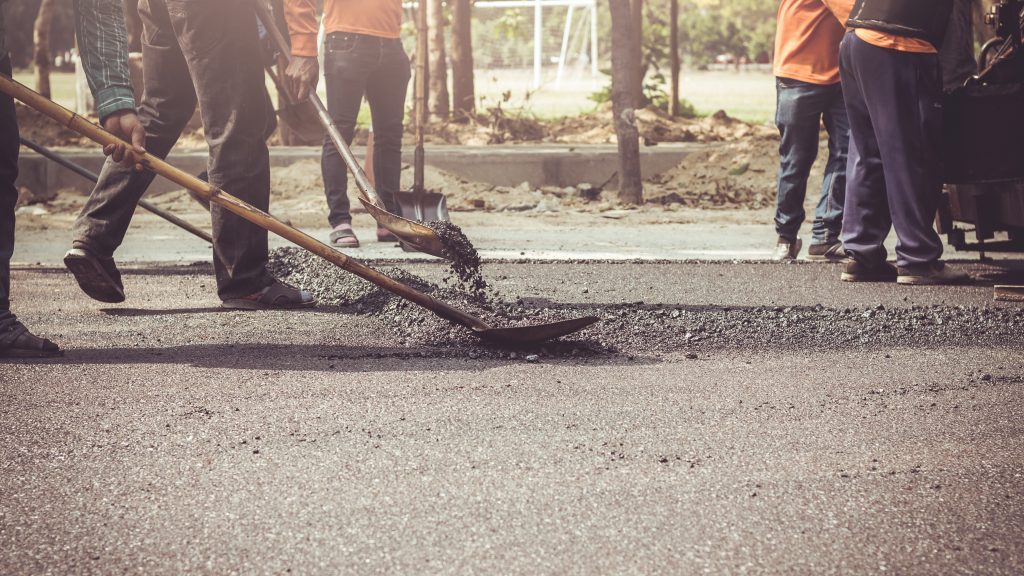Roadbuilders and aggregate suppliers in Ontario, Quebec and Eastern Canada are hoping for a solid year in 2022, although the pandemic, labour shortages and supply chain issues still pose lingering problems.
In Ontario, the province is allocating approximately $2.6 billion for nearly 600 highway and bridge construction, expansion and rehabilitation projects. Part of that package includes money to advance and build the controversial Bradford Bypass and GTA West Transportation Corridor, also known as Highway 413.
In Quebec, the road and heavy construction sectors are anticipating more work as the province has increased its road network investments by nearly $1 billion over the previous year, bringing the tally to $6.42 billion.
In the Atlantic provinces, the capital budget has increased in New Brunswick which bodes well for bridge contractors, and in Nova Scotia work continues on the $718-million Highway 104 project between Antigonish and Sutherlands River where the thoroughfare is being twinned and expanded to four lanes.
“Next year, I think we are looking for a better year than the one that was,” Andrew Hurd, director of policy and stakeholder relations at the Ontario Road Builders’ Association (ORBA), said in an interview.
The central region of the province has been light on highway work over the past two years and ORBA is looking for that to change, as much of the work that’s going on now is carry-over from previous years.
The rise of Omicron and supply chain issues are an ongoing problem for the industry, noted Hurd, as is the global shortage of microchips for vehicles because it slows down production of heavy equipment.
“We’re sort of in a holding pattern to see how that’s going to affect everything in the province and the industry as well. But certainly when it comes to the chip shortage with vehicles, it’s taking far longer to get vehicles.”
Norm Cheesman, executive director of the Ontario Stone, Sand and Gravel Association, said he expects a better year in 2022 with two-per-cent overall growth in production, mostly due to large projects in the GTA. However, municipal jobs have been lagging due to constrained budgets caused by the pandemic.
He said it is difficult to predict at this point what effect COVID-19 will have, however the sector is considered an essential industry, so from a production perspective it should not derail any work.
“Ontario’s continued growth — due largely to immigration — will continue to mean demand for infrastructure will continue its pace,” he said.
Improvements to Highway 401 will continue and work on Highway 413 and the Bradford Bypass will add to demand once all the approvals are in, said Cheesman.
Gisele Bourque, CEO of the Quebec Road Builders and Heavy Construction Association, said the volume of work in the sector should reach 39.5 million hours in 2022, up from the anticipated 37.5 in 2021.
She noted road network investments have been raised for the coming year. Investments for pavement work was also raised by just over $100 million to $3.6 billion and funds for structures was raised by $400 million to $2.5 billion. Hydro-Quebec is also planning several repair projects for its dams and power plants in 2022.
“With members across Quebec province, entrepreneurs will help stimulate economic growth in all regions of Quebec,” she said.
Forty of 180 projects identified in the Quebec Infrastructure Plan to drive economic recovery were related to the roadbuilding and heavy construction sector, said Bourque.
“We therefore expect 2022 to be better in terms of investments.”
A number of large projects are already underway, including the $1.15-billion Hippolyte Lafontaine Tunnel, Ile d’Orleans bridge, and the Reseau express metropolitain in Montreal.
The labour shortage, though, is a concern to Quebec roadbuilders and several efforts are underway to get more people into the industry.
The Commission de la construction (CCQ), for example, has implemented measures aimed at attracting, integrating and retaining the workforce, said Bourque. The CCQ has also launched a campaign and a microsite to promote construction jobs.
“The labour shortage generates multiple negative consequences for companies,” she said. “Everything should be done to promote hiring in the industry because employers have been hampered in the development of their business in the past.”
Grant Feltmate, executive director of the Nova Scotia Road Builders Association, said roadbuilding work in 2022 should be on par with 2021, which would mean a good year ahead.
“Asphalt tonnage was a little lower than normal this year and I would it expect it to rebound next year. Gravel roads and rural work have been increased.”
The Highway 104 project set for completion in August 2023, “adds significant volume to the overall roadbuilding activity in the province,” said Feltmate.
Tom McGinn, executive director of the New Brunswick Road Builders and Heavy Construction Association, said labour is a concern but next year should be better as the government’s capital budget was increased.
The government is focusing on bridges, both rehabilitation and new replacements, which is making the bridge contractors happy, he said.
“I would say the outlook is positive. Provincial and municipal work has been stable and it looks like both could be increased for 2022.”










Recent Comments
comments for this post are closed